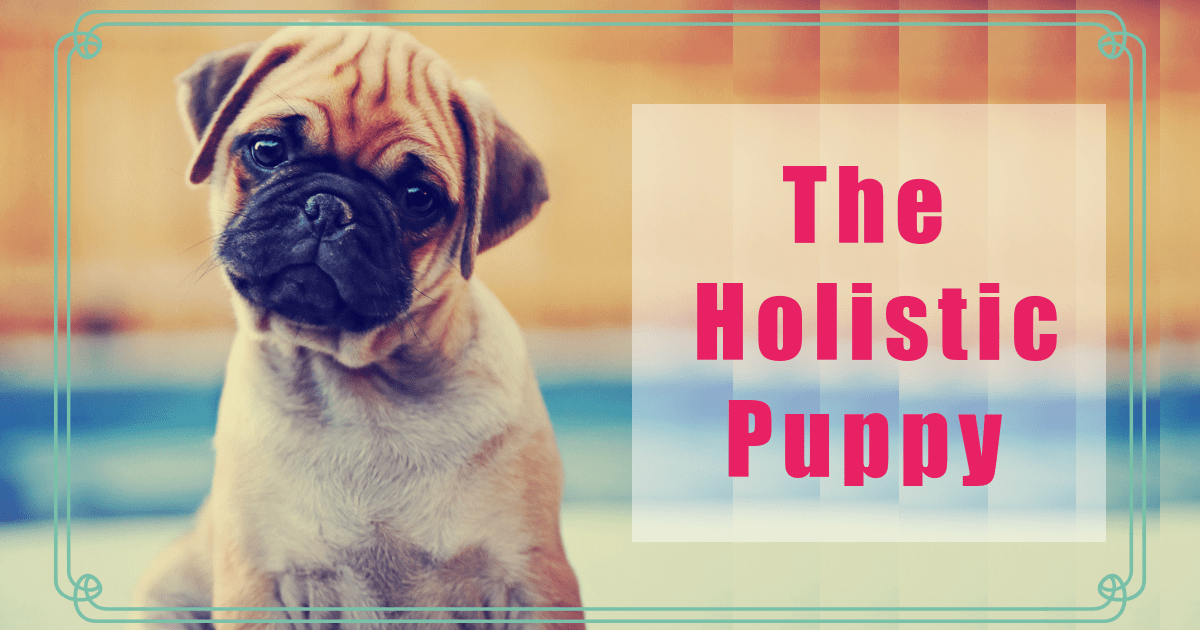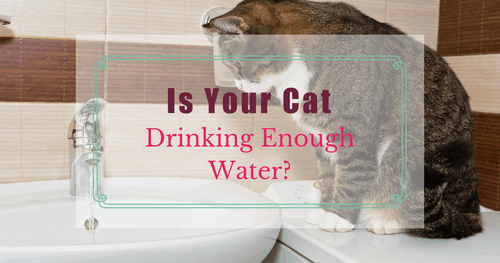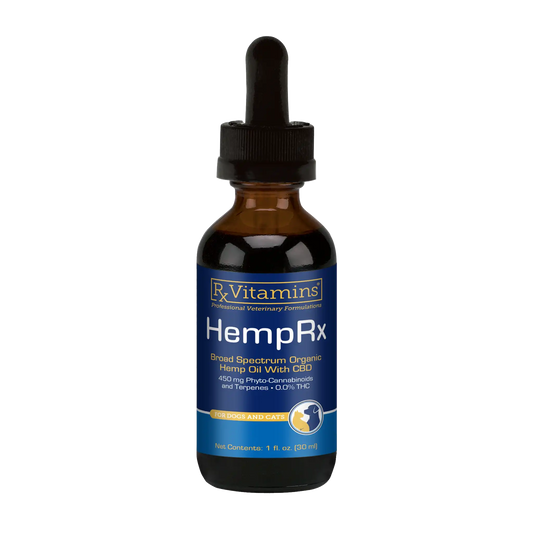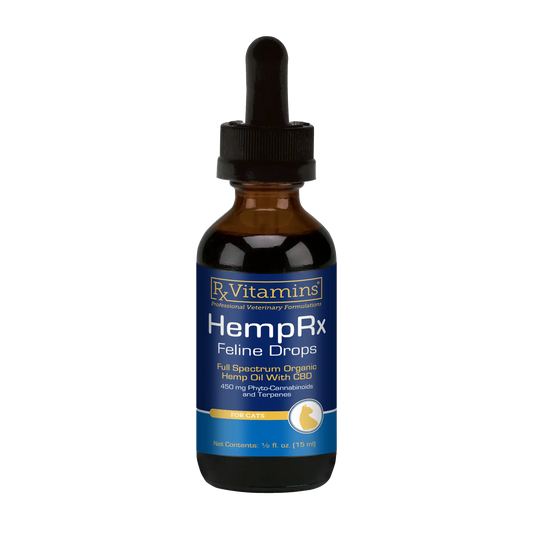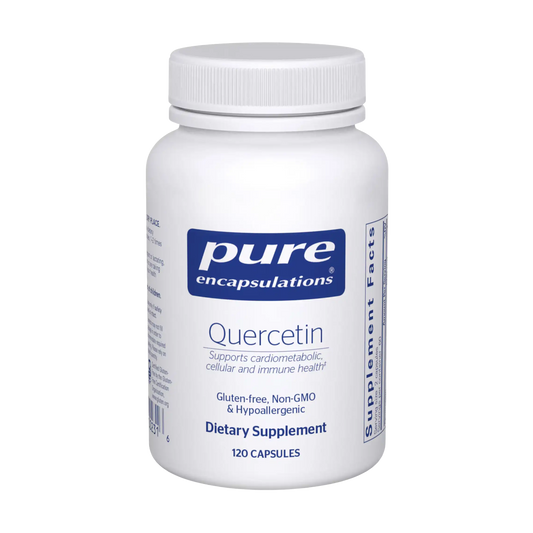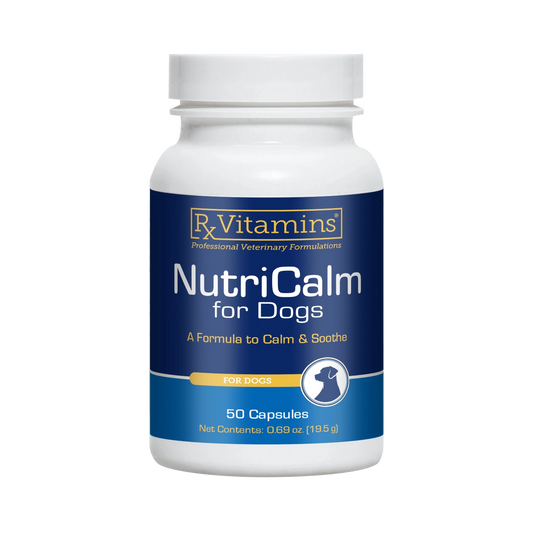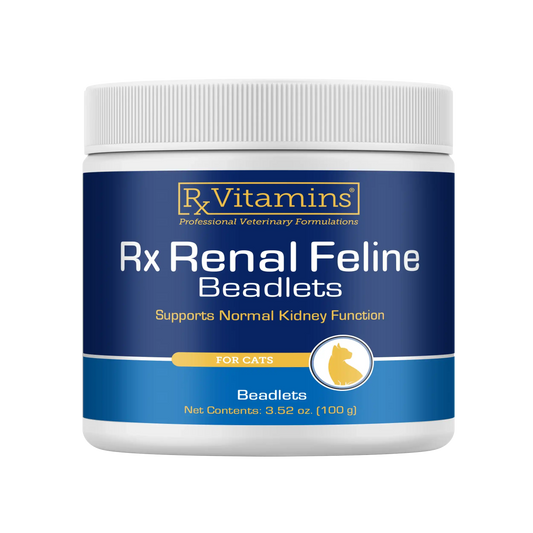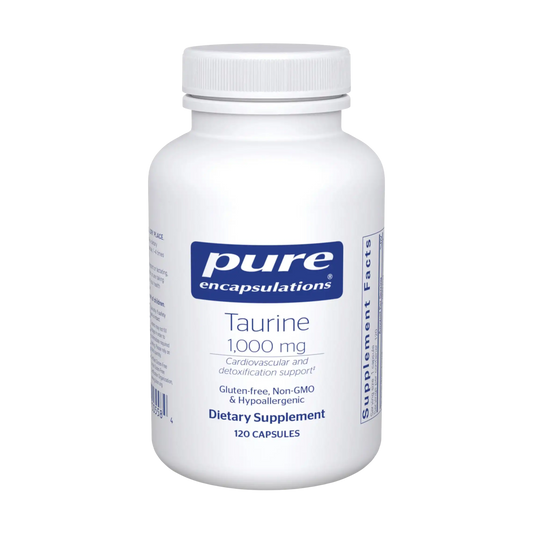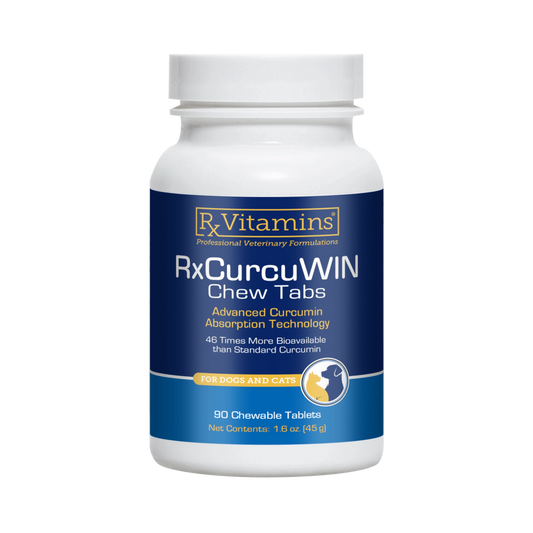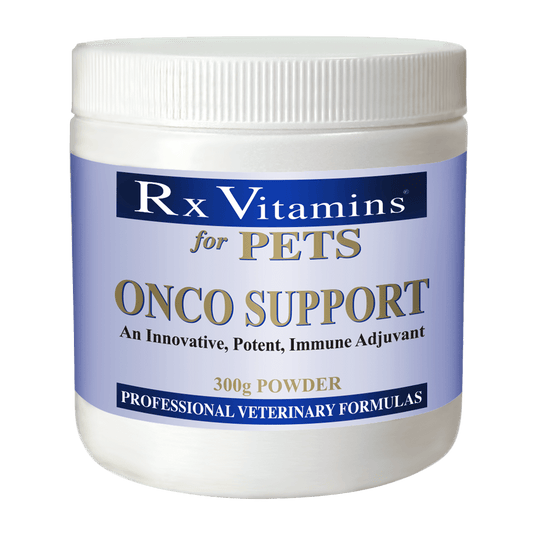Getting a new puppy is exciting and nerve wracking.
Most pet parents want to do the right thing for their puppy and ensure a good start in life. There are so many things to consider and so much conflicting information. I have put together a list of topics to consider, research and discuss with your veterinarian.
Diet
We all know that what we put in our own bodies has a huge impact on our health. This is true for our dogs as well. As a holistic veterinarian, I believe that nutrition is paramount in achieving and maintaining optimal health.
I recommend that puppies be fed a diet with the least amount of processing possible. At the very minimum a high quality kibble with fresh whole foods added is a great start. A home cooked or raw diet may be even better.
If you go the kibble route, consider using a reputable brand without grain (corn, wheat etc) or toxic preservatives. You can add fresh whole foods such as scrambled eggs, berries, carrots, lean meats (boneless, skinless chicken breast) etc. Adding cultured foods is also a great way to get vitamins, minerals and beneficial bacteria for your pup. Click here to get my fermented blueberry recipe.
Home cooked diets can be a great alternative to a raw or kibble diet. If you have the time resources, this can be a very rewarding way to nourish your dog. It is important that you balance the vitamins and minerals in the diet. Feeding a variety of foods is not a sufficient method for achieving a balanced diet. If you would like to generate your own recipes and use one supplement to completely balance your dog’s meal, check out BalanceIT.
Finally if you would like to use a raw diet, there are many options for you to choose from.
Commercially available raw diets come in many forms including medallions and chubs. These come frozen and require time (not much) to thaw before each meal. Raw diets also come in a dehydrated and freeze dried forms. These can be more convenient as they only require water to be added before the meal. Visit your local natural pet food store to get some samples.
Remember there is no one diet that works for every dog. If your puppy has a sensitive digestive system, consider a grain free or home cooked diet. When changing diets for your sensitive dog, don’t forget to transition slowly.
Here are list of foods your should NEVER feed your dog:
- Grapes/raisins
- Onions
- Macadamia nuts
- Xylitol (found in gum and some peanut butters)
Vaccines
This is a really controversial topic! No matter what your opinions/beliefs around vaccinations are, it is important that you are educated. If you choose to vaccinate or not vaccinate it is imperative that you know the risks associated with each choice.
Here are a few things to consider when evaluating each vaccine.
- Is the vaccine recommended by your veterinarian?
- Is the vaccine a core or non-core vaccine?
- What disease is the vaccine preventing?
- What are possible consequences of my dog contracting this disease?
- Is this disease transmissible to people?
- Is this disease fatal to animals or people?
- What is the prevalence of the disease in my area?
- How does my dog contract this disease?
- What are the risks of the vaccine?
- How effective is the vaccine?
Are you exhausted just from reading this list? Remember to take it one vaccine at a time. This is a great time to discuss these questions with your veterinarian. If they are not willing to educate you and help answer these questions, find a new vet. Being informed is imperative. After you get through the puppy phases, vaccine choices will become easier and less frequent.
In my practice, I often do an abbreviated vaccine schedule and check titers to ensure that my patient has protection. A blood titer is simply a measurement of how many antibodies are present in the blood to a certain disease. If you are deviating from your veterinarian’s recommended schedule, I recommend doing a titer test to ensure immunity.
Spay/Neuter
There is a growing body of evidence that suggest that spaying or neutering your dog before they are done growing can cause orthopedic problems later in life. One such problem is ACL injury (knee injury) in large dogs. When we take away sex hormones before a dog is done growing, the growth plates close later and the long bones are longer. This changes the angles of the joints and may contribute to injury.
Many veterinarians (holistic and traditional) are recommending waiting until your dog is 12-14 months before spaying and neutering. At 12-14 months, we know that the growth plates are generally closed. For big female dogs, you would endure at least one heat cycle. It is important that you keep both female and male dogs in close proximity to avoid unwanted pregnancy. If you don’t feel confident that you can keep your dog from breeding, I would recommend to spay or neuter at 6 months of age.
Socialization
This is perhaps the most critical and most overlooked area of raising a puppy. Exposing your puppy to many people, places, things and other animals can having lasting benefit. Here is a quick checklist to consider.
- Dogs (puppies and adults)
- Cats
- Bikes (with people riding them)
- Skate boards (with people riding them)
- Children (supervise closely)
- People
- Men
- Women
- Wearing hats including baseball hats
- Joggers
The more positive experiences your puppy can have with the list above, the better.
Training
The amount of training you NEED to do for your puppy is up to you. Consider what you want your puppy to be able to do in life. For example, my pug knows how to sit and he knows the command ‘leave it’. For our lifestyle, that is functional. He doesn’t go off leash and I don’t have too much interest in teaching him a lot of tricks.
However, if I wanted my dog to hike without a leash, teaching my dog recall would be imperative. If I had a Border Collie puppy that I wanted to use for herding, more complex training would be necessary.
Here are three considerations when making a training plan:
- Size. If you have a puppy that will grow into a big dog, consider teaching them to walk nicely on a leash without pulling. You may also need to consider helping your dog learn not to jump on people.
- Breed. If you have a herding breed, you may need to reroute some of the instincts to ‘herd’ the family by nipping at ankles. Many working breeds can have unwanted behaviors when their mental ability is not utilized. Teaching them only to sit and walk on a leash may not be enough to maintain mental health. Fortunately for me, my pug’s instinct is to cuddle, sleep and eat. However, he will never go retrieve the newspaper.
- Lifestyle. Consider what you want to do with your dog. Do you want to be able to travel with your dog? Would you like to be able to take your dog to other people’s houses? Would you like to play frisbee at the park? Go on backpacking trips? Look at your desired outcome and work backwards. Keep in mind that not all dogs will be able to share in all these activities. There are Labrador Retrievers that don’t like swimming and Australian Shepherds that aren’t good at agility.
No matter if you a hire a trainer or do it yourself, keep all reinforcement POSITIVE. I can’t emphasize this enough. Negative reinforcement training is so damaging. So, don’t do it!
Crate Training
Many people think crate training is cruel. While I agree leaving a big dog in a crate all day everyday is inhumane, there are huge benefits to helping your dog feel comfortable in a crate. When dogs have a familiar safe place, their stress can be greatly reduced. When guests arrive, the carpets are being cleaned or a new animal is introduced to the house, a crate can be a lifesaver.
Here are a few ways, I use a crate to reduce my dog’s (and my) stress.
- Feed your dog in their crate.
- Allow your dog to sleep in the crate at night.
- Make sure the crate is large enough for your dog to get up turn around. When you are potty training your puppy, ensure that the crate isn’t too big.
- When you put your dog in the crate, give a treat or praise to allow positive reinforcement.
Whew! That was a lot of information!!!! Raising a puppy is much like having a baby. It can be complicated and scary. This is a great time to build a great relationship with your local veterinarian and educate yourself.
I would love to hear how it is going with your puppy! Comment below with questions or additions to this information. As always, I learn just as much from pet parents as I did in vet school.
Enjoy the puppy breath and remember to take tons of pictures! It goes by too fast.
With love,
